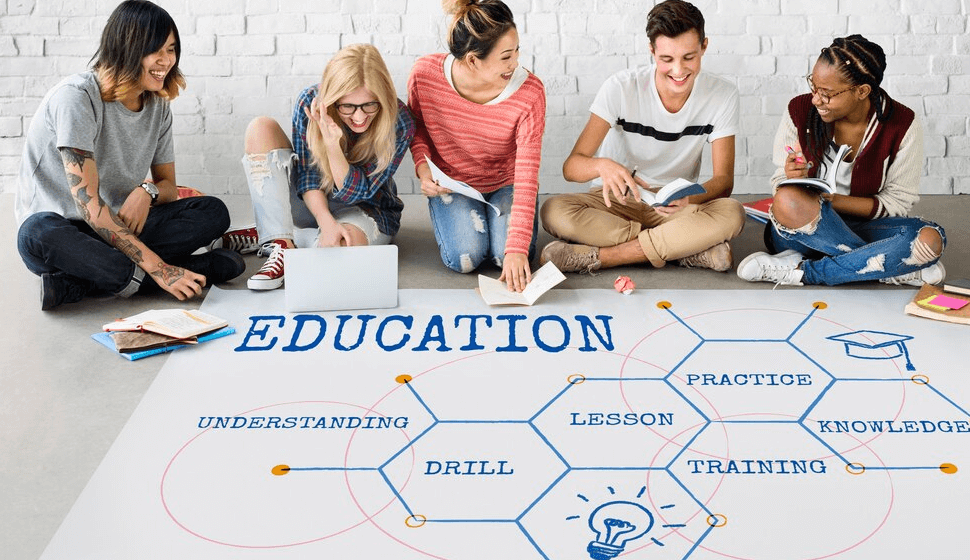Faculty development is a critical component of any higher education institution. It can help faculty improve their teaching skills, research productivity, and overall professional development. However, it is important to measure the effectiveness of faculty development programs to ensure that they are meeting their intended goals.
There are a variety of ways to measure faculty development effectiveness. Some common methods include:
- Participant satisfaction surveys: These surveys can be used to collect feedback from participants on their overall experience with the program.
- Pre- and post-tests: These tests can be used to measure changes in participant knowledge or skills before and after the program.
- Observations: Observations can be used to assess changes in participant teaching practice or research productivity.
- Student surveys: Student surveys can be used to collect feedback on how the program has impacted student learning.
The best way to measure faculty development effectiveness will vary depending on the specific goals of the program. For example, a program that is designed to improve teaching skills may focus on pre- and post-test scores, while a program that is designed to improve research productivity may focus on observations of participant research activities.
It is important to collect data from a variety of sources to get a comprehensive picture of the effectiveness of a faculty development program. This will help to ensure that the program is meeting its intended goals and that any necessary changes can be made.
Here are some tips for measuring faculty development effectiveness:
- Start by defining your goals. What do you hope to achieve with your faculty development program? Once you know your goals, you can develop an evaluation plan that will measure whether or not you are meeting them.
- Use a variety of methods. No single method of evaluation will provide a complete picture of the effectiveness of a faculty development program. Use a variety of methods to get a more comprehensive view.
- Collect data over time. It is important to collect data over time to see if there are any changes in the effectiveness of the program. This will help you to identify any areas that need improvement.
By following these tips, you can ensure that your faculty development programs are meeting their intended goals and that you are getting the most out of your investment in faculty development.





